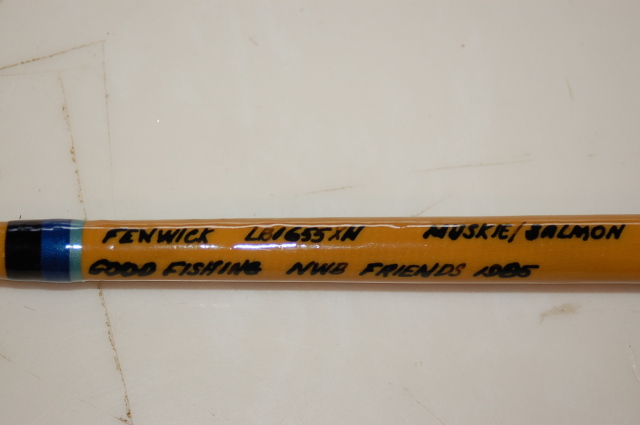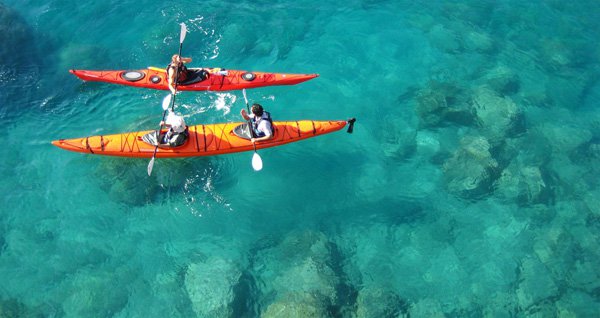Luff does not rotate around the mast.
Question
QUESTION: Hi !
I have just tried out my brand new Severne Focus 8.5 sail yesterday.While noticing a remarkable improvement in getting the board moving faster and faster , especially upwind , even with low winds, I noticed that the batten still hug the mast too much and the sail does not rotate easily.
Actually , even when I change position and the wind blows into the other side of the sail after it swung, the luff and batten still stick to the boom in the previous position.
I have given as much downhaul as possible and I had also to tighten the outhaul considerably in order to have a crease in the lower part of the sail disappear. THe outhaul I gave was the maximum I could, but still it was not sufficient to pull the batten ends farther away from the mast to allow for proper rotation. .
The luff length is 490, my carbon mast is 460 but even with the recommended mastfoot extension ( 460/26, which is just about the maximum length of my extension) the luff comes down too low on the board. Actually, it touches it and the bottom of the sail is often in the way, feet-wise, especially when I tilt the rig backwards.
I notice that the fabric of the luff is not stretched out as much as it could and feel that I could give more downhaul if I had a slightly longer mast allowing a 5-6 in. clearance between the luff-end and the board.
I am considering to add a mast-top extension, which is cheaper than a longer mastfoot extension. What do you think?
Thank you for your help
Franco V.
ANSWER: Hey Franco,
When the luff on the sail calls for 490 and you use a 460 mast and 26cm of extension, you are still 4 cm short. You definitely need more extension. You could probably get away with a mast-top extension but a longer base extension is the best. With a mast-top extension you can affect the curve of the mast which will affect the shape of the sail. But, with a larger sail like that, the top of the sail doesn't have much shape anyway because with the proper amount of downhaul the top of the sail will be twisting off. If budget is a concern, go with the top vs. base extension.
As for the battens sticking, you definitely need more downhaul to get the battens to pull away from the mast. This should also eliminate the wrinkles that you had to remove with the outhaul. You shouldn't really need that much outhaul if the downhaul is at the recommended amount or more.
As for the clew of the sail hitting your feet and the board, this is fairly normal for a larger sail. As you mention, with an extension you will be able to get the clew of the sail up a bit higher off the board.
Hope this helps.
Keep on sailing,
Windlover
---------- FOLLOW-UP ----------
QUESTION: Thank you , this is what I thought!
What is the the maximum clearance I can have between the end of the luff and the bottom of the board?
By the way, by rummaging around, I have retrieved an older mast-top extension . It is a bit longish ( it would add 36 cm to the top)but I don't want to go through the hassle of cutting it. So, I'd compensate by lowering the mast-foot extension accordingly.
By playing with it, I can have a very wide clearance range between luff-end and bottom of the board, but it would be nice to know what is the ideal clearance ( if any) and its upper limit. Would one foot be too much?
I was thinking that since the wind becomes stronger higher up, hence towards the top of the sail, the higher the sail is on the mast, the more powerful it will be, whence the idea of a long mast-top extension and a wide bottom clearance. But may be I am wrong, or, if I am right, the gain in wind power would be minimal. Again, what is your opinion?
Thank you
F.V.
Answer
Hey Franco,
The mast-top you found should work fine. You are correct in using the base extension to compensate.
As for the clearance for the foot of the sail, there is no ideal clearance range. The amount of clearance will be dictated somewhat by the top extension. Ideally, the grommet of the downhaul should be about 1-2 inches from the pulleys on your mast base.
The way that sails are designed for power is that the top is designed to twist off and spill wind and help keep the power of the sail low in the body of the sail. When the power is low, your body will hold the power better and transfer that power to the board for more speed. When the power is too high, it will just keep throwing you over the front of the board in larger gusts.
Another way to keep the power low is having the foot of the sail fairly close to the board. This helps trap more air in the sail for more speed and power. When you raise the foot of the sail higher, it allows more air to pass under the sail and reduces power. This why the downhaul should be 1-2 inches from the pulleys. With the foot at this point, when you rake the sail back the foot of the sail should be close to the board. This is called closing the gap. It creates more power.
You can raise the foot of the sail to any height you want depending upon the amount of extension you have available. This will affect where the boom attaches to the mast. You can only raise it so much because the boom opening in the sail will also raise up and cause your boom to be to high. If you have the foot of your sail any higher than 5-6 inches from the board at the grommet, you will be losing power. This also raised the power section of the sail and could create an overpowered situation that will have you getting judo thrown over the front of the board.
The other more critical issue you could encounter is this; When you add the top-mast extension, you are already affecting the placement of the boom on the mast. It will be lower. Then, when you add height to the base extension, you raise the mast and lower the boom location on the mast again. You could now be getting close or even dropping below the reinforced area of the mast that the boom is normally connected to. The highest stress point on a mast is where the boom connects. There are tremendous forces here and so they add reinforcement to the section where the boom connects. It is a large enough area to accomodate the various heights of sailors and different sail sizes. I am not sure how much of the boom area of the mast is reinforced and there is no way to determine it by just looking at the mast. The manufacturer may have that information.
You may end up having to trim the extension anyway. There is probably a plug or stopper that keeps the mast top from jamming into the extension and making it a permanent extension. If you have to trim the extension, you will need to add a stopper. I have done this before and I used a piece of wood dowel. I had to sand it a bit to create some taper. Once I was satisfied with the location of the stopper and the shape, I used some Solareze and poured in down into the extension. Then I rested so that the sun was shining down into the opening to activate and cure the Solareze. It takes about 10-30 minutes for the solareze to cure when down inside like that. Hopefully you won't have to deal with trimming your top extension.
So, the safety of your boom and you, try to keep the foot of your sail within about 6" or less to the board at the grommet.
Hope this helps.
Keep on sailing,
Windlover
Replacement daggerboard
weight


